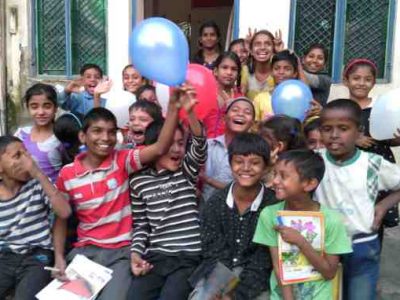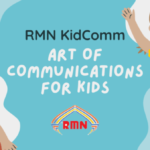
UNICEF Launches Back-to-School Campaign in Iraq
United Nations Children’s Fund (UNICEF) has launched its back-to-school campaign to help millions missing out on education several weeks before the start of the new school year.
UNICEF, together with the Iraqi Ministry of Education, launched a nationwide ‘Back to School’ campaign in 10 governorates.
Some 3.5 million school-aged Iraqi children are missing out on education, which means they are at increased risk of early marriage, child labour and recruitment into armed groups.
About one million school-aged children are internally displaced, and 70 per cent of them have lost an entire year of school.
[ Education Dilemma: Let Us Save the Lives of Our School Children ]
The campaign has reached an estimated 1.4 million children with public information messages, transport assistance, school supplies, and other services, with the aim to get more children into classrooms, and to enable those already in formal education to stay there.
In 2016, UNICEF has helped to get more than 116,000 out of school children back into classrooms, to install pre-fab school structures benefitting 42,000 displaced children, and to distribute school supplies and learning materials to more than 280,000 children.
UNICEF has also trained more than 2,350 education staff, helped 383 schools improve their governance practices, mainstreamed life skills education in 439 schools, and helped to reopen schools in previously inaccessible areas like Anbar.
[ Request for Help to Open Free School for Poor Children ]
About 64,000 Syrian refugee children living in Iraq have had their education disrupted. UNICEF is particularly concerned for the children displaced in Anbar and along the Mosul corridor due to ongoing fighting.
Over the past few weeks, thousands have fled their homes to camps and informal settlements. As the conflict intensifies, UNICEF is preparing to support hundreds of thousands more children, along with their families.
Across Anbar Governorate, UNICEF and partners are mobilising communities with back to school campaigns; refurbishing and extending school structures; providing desks, textbooks and school bags; and helping children to catch up on lost school time, as well as to reintegrate into the education system.
Photo courtesy: UNICEF













